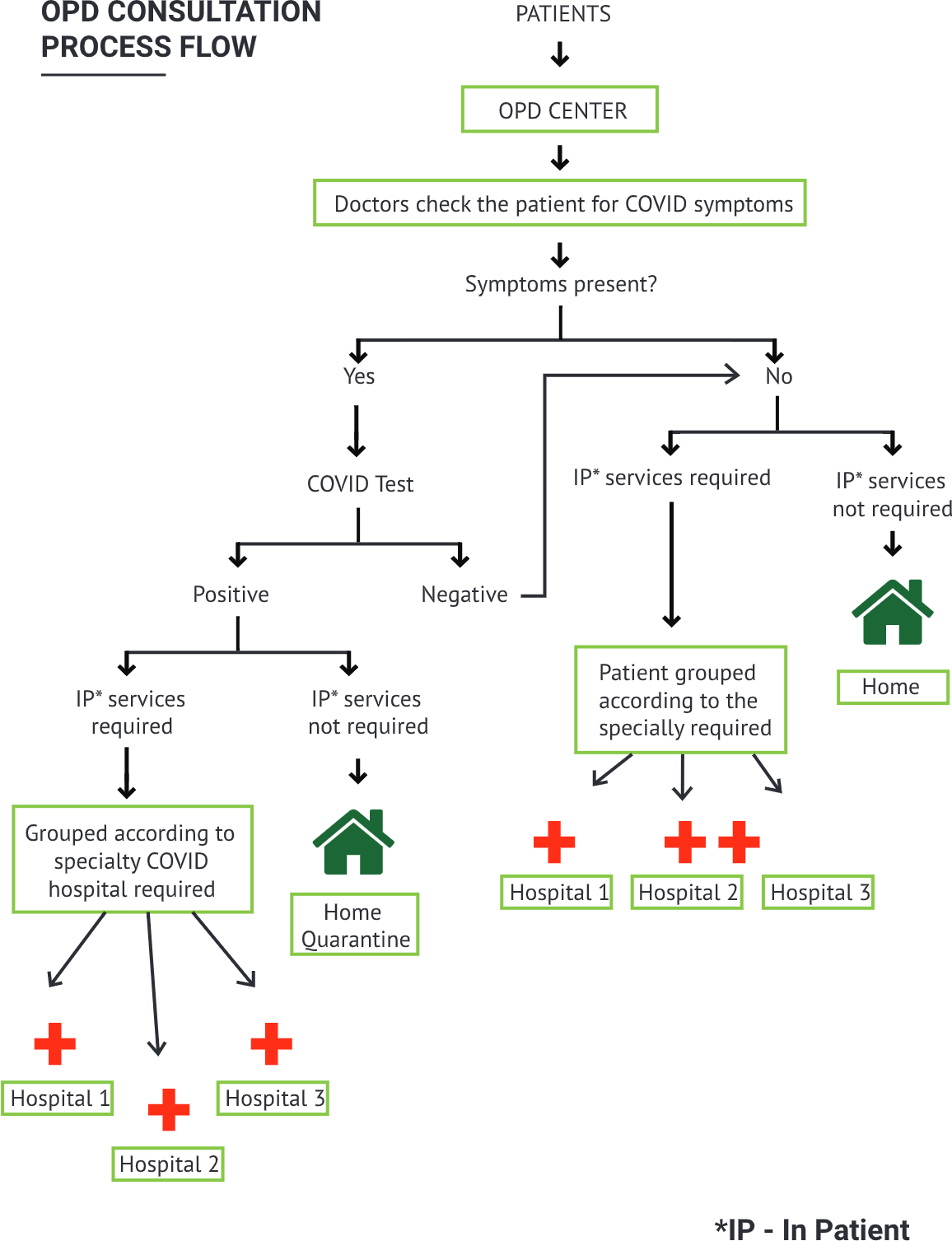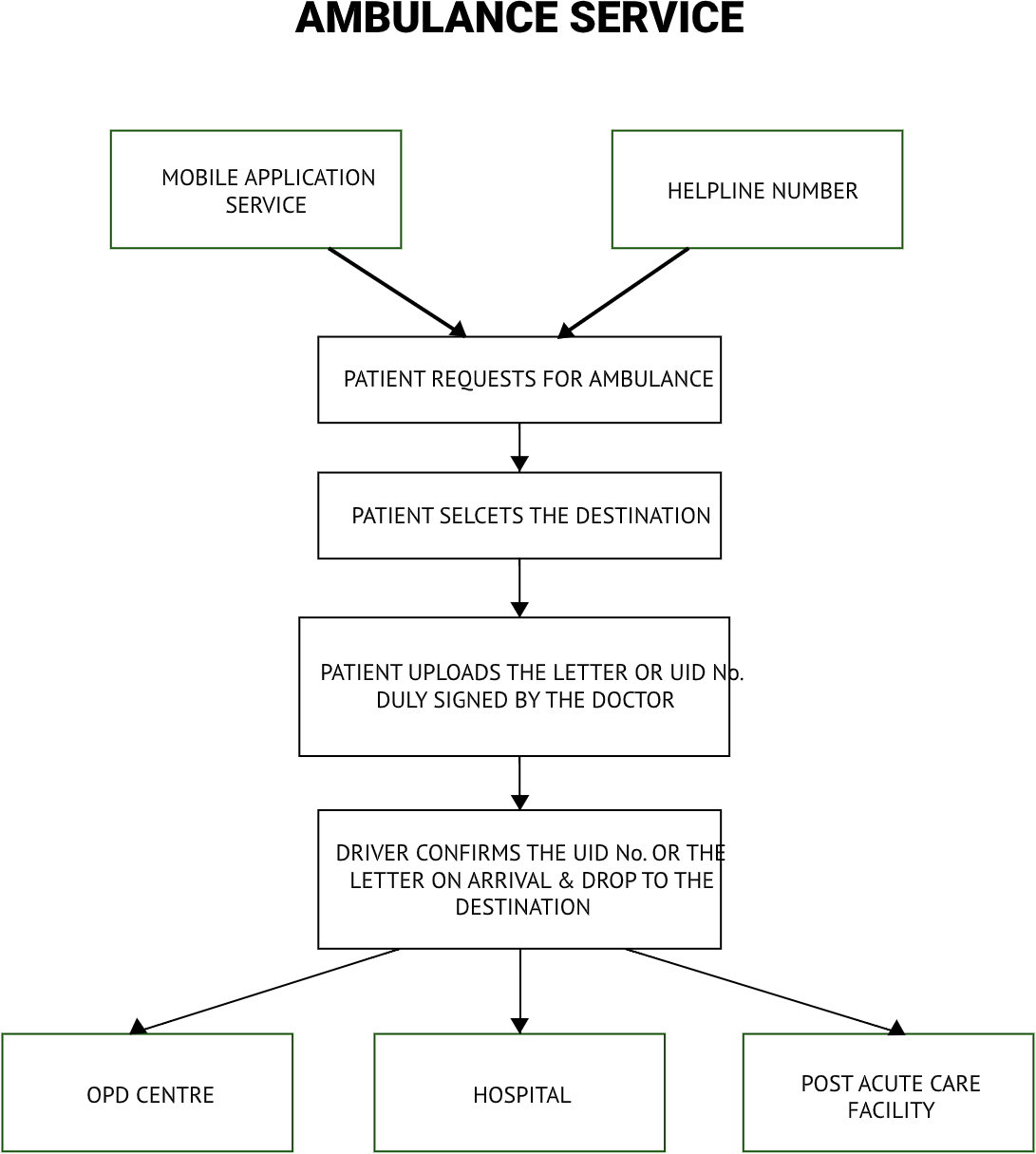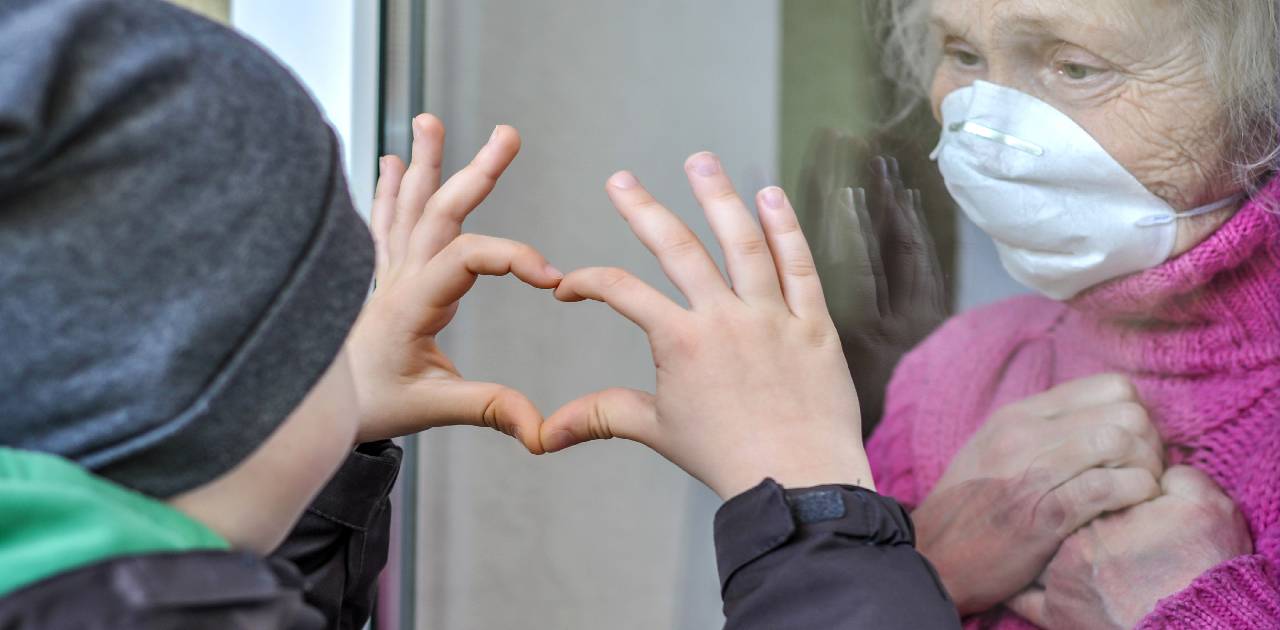During this wave of COVID-19 pandemic, the hospitals across the country are diverting resources from routine inpatient critical care and outpatient clinics to meet the surge in demand
COVID-19 has already taken the world by storm. There are 16.5 million cases worldwide & 1.48 million cases just in India as of 28th July 2020. The death toll has risen up to 655,000 worldwide & 33,425 in India. As the number of cases is increasing in each and every state of India, the state governments has issued the order of converting every healthcare facility into a COVID dedicated facility. During this wave of Covid-19 pandemic, the hospitals across the country are diverting resources from routine inpatient critical care and outpatient clinics to meet the surge in demand. Because of the resulting resource constraints and the fear of infection, non-COVID patients are being referred as non-urgent and hence are excluded from any OP visits, diagnostics, evaluations, surgeries, and therapeutics.
The Problem
Now, the exclusion of non-Covid patients from any diagnosis and treatment is important for the safety of the patients and to minimize cross infections, butthis exclusion of non-Covid patients will further lead to later hospitalizations requiring higher levels of care and longer length of stay. It will also lead to increased hospital readmission after the pandemic which will further strain the hospital’s inpatient capacity. So, in my opinion it’s very important to not overlook the non-Covid patients. A strategy must be prepared such that it would not increase the risk of cross infection while serving both the Covid and non-Covid patients at the same time.

OPD Centre (Figure 1)

Hospital (Figure 2)
A Conceptual Solution
Below I will suggest a concept which the state government could implement in its various hospitals so that they can cater to the need of both COVID and non-COVID patients. For this concept to work, all the healthcare facilities in the city such as hospitals, clinics, nursing homes, etc should act & work together. All the healthcare facility present in a city should be converted into 3 entities:
- OPD centres– with diagnostic services
- Hospitals – with just IP services
- Post-Acute Care facility
Please note that all the above 3 facilities should not be in a single building & they should be as a different identity. The number of these entities can be according to the community need.
- OPD Centres- The job of OPD centres will be to triage Covid as well as non-Covid patients according to the need of availing IP services. Only those patients who are need of strict surveillance and IP services will be called for admission in a hospital. Tele-consultation should be done to minimize the cross infection. If the patient can’t access the doctors through tele-communication, then he can visit the OPD centre for consultation where all the protocols related to social distancing & minimizing cross infection will be followed. A patient will be given an official letter duly signed by the doctor (soft copy/hard copy) at the OPD Centre for availing the IP services. This will prevent the patient to directly get admitted in a hospital without the doctor’s consent.
- Hospitals- Those who are in need of IP services after getting diagnosed by the OPD centre will be directed to different hospitals according to the symptoms or disease. Each hospital will be having two types of wards: one for Covid patients & one for non-Covid patients. These wards should be physically well separated. The traffic flow for these two wards will be completely separated as well. Staffs serving for Covid patients won’t be allowed to enter the non- Covid ward zone and vice versa. All the safety protocols to minimize the cross infection should be followed. Suppose there are 3 hospitals in a city. All the three hospitals will be given the status of Cancer Centre, Cardiac & Pulmonary Care Centre and Stroke & Trauma Centre respectively. Each hospital will be acting as a super speciality hospital. Now the patients which were triaged at the OPD Centre will be grouped according to the speciality services required and then they will be sent to the respective hospital.
- Post-acute care facility- There will be two types of post-acute care facility, one dedicated for the Covid patients & another for non-Covid patients. Patients will be discharged from the hospital to these post- acute care facilities according their stability status, so that more patients can be accommodated to the hospitals who need the IP services. Sending patients to these specialized post-acute care facilities will facilitate discharge planning, improving patient flow out of the hospital for both Covid and non- Covid patients.
- Centralized Ambulance Service- Meanwhile, all the healthcare facilities should collaborate with each other to form a Centralized Ambulance Service just like the concept of OLA & UBER. There are already centralized ambulance services running in which the users can book an ambulance through a mobile application, such as ‘Siren Ambulance’ & ‘Meddco Ambulance’. This will increase the accessibility of the patients to different OPD Centres & Hospitals. Also, a central helpline number should be made available to the community in which a person can call and arrange an ambulance, apart from mobile application service. If the demand of the ambulance services couldn’t be met with the current number of ambulances, the centralized service can hire different vehicles suitable to be equipped with ambulatory services during the pandemic. The process for running Centralized Ambulance Services should be as follows:
- The user requests the ambulance service through a mobile application or a centralized helpline number.
- The user chooses the destination location for either OPD Centre or a Hospital.
- The user uploads the letter given by the doctor or enters the UID No. stated in the letter. In case of availing ambulance services for OPD Centres, the letter or UID No. is not required.
- When the ambulance arrives, the driver confirms the UID No. in the letter and drop the user to the desired location. Those who can arrange their own transportation services are free to do so.

Ambulance Services (Figure 3)
the patients which were triaged at the OPD Centre will be grouped according to the speciality services required and then they will be sent to the respective hospital
So, the idea behind this concept is to group Covid & non-Covid patients ac- cording to their clinical conditions. The above concept may be very challenging and may surface many loopholes while implementing. But now its high time to think what should be done to cover the needs of both Covid as well as non-Covid patients to relieve future strains at the Emergency department of the hospital. Implementing such concepts could allow us to be better prepared for future waves of the pandemic.
Composed by: Hamza Perwaiz

